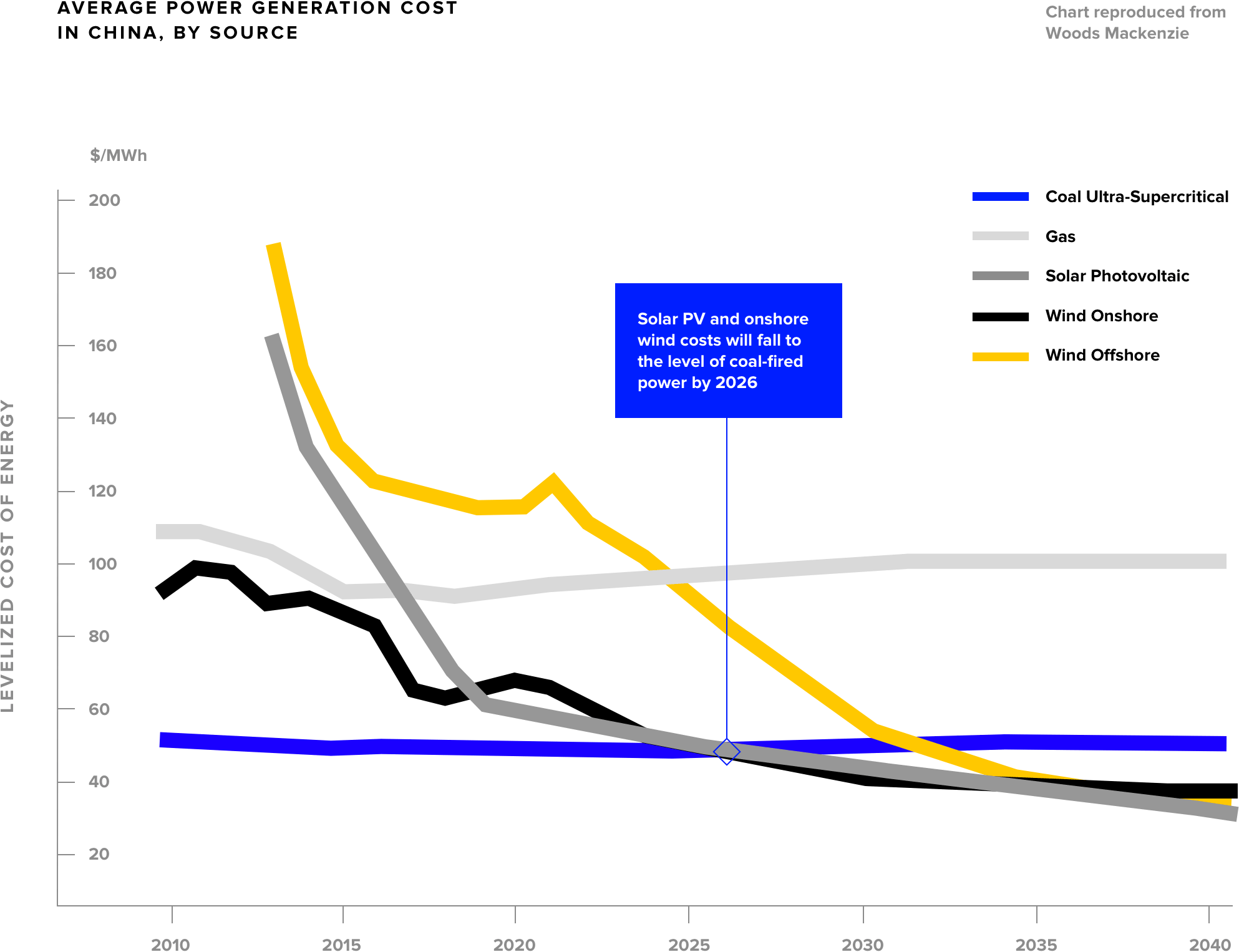The Belt and Road’s Decarbonization Dilemma
As The World’s Largest Coal Consumer Turns To Renewables, Chinese Coal Financing continues Abroad
Domestically, China has been an unexpected leader in environmental progress. To reduce air pollution, the government has shuttered dozens of coal facilities, while subsidizing solar and wind globally. And President Xi Jinping aims to cut coal’s share of the country’s total energy capacity to 50% by 2030.
But abroad, we see a different trend. More than 70% of all coal plants built today are reliant on Chinese funding. Since 2013, China’s Belt and Road Initiative (BRI) has committed over USD $50 billion in state finance to building 26.8 Gigawatts of overseas coal facilities across 152 countries. That’s just the beginning.

What’s coming:
60 new coal plants across Eurasia, South America, and Africa—totaling an additional 70.3 Gigawatts—financed almost exclusively by Chinese banks. If built, they would emit about as much carbon dioxide as all of Spain: 276 Megatonnes per year.
Discover the project details by clicking on the map points, then move between locations with the arrows.
Data sourced from Refinitiv Eikon BRI Connect App: The world's most comprehensive database of BRI-related projects.
Hamarawein IPP Coal Project

Location: Hamarawein, Egypt
Status: Awaiting Approval
EST CO2: 26.43 MT/Yr
Finance Source: ICBC + ExIm + CDB

This isn’t a definitive future. Even with committed financing, fewer and fewer coal plants are reaching completion. Many will likely be cancelled mid-process due to public opposition, legal challenges, investors’ cold feet, and possibly greater environmental commitments from President Xi Jinping himself, who’s expressed a need for a Green BRI.
Progress report:
Here’s where 60 proposed BRI coal projects stand.
38 BRI Coal Plants Are Currently Under Construction
37.6 GW of coal power development is likely too far along to be cancelled by China. The Philippines’ Dininging Plant and the UAE’s Hassyan Plant are among those that will begin operation in 2020.

9 BRI Coal Plants Under Construction Are Facing Serious Opposition
About 11.5 GW of late-stage projects are indefinitely delayed due to legal challenges and local protests. This includes Kenya’s Lamu Plant, which lost its license in June due to grassroot opposition.

Of The 22 BRI Coal Plants Awaiting Approval, Fewer Than Half Will Likely Proceed
An extraordinary number of coal projects have been cancelled or shelved in recent years: Turkey, for example, has cancelled 88% of pre-approval coal capacity since 2010, while Indonesia has cancelled 51% of pre-approval coal capacity since 2015. If historical patterns continue, only about 50% of BRI plants seeking approval are likely to be built.

As energy economics shift, green financing may end coal development on China’s BRI.
Many of China’s BRI coal proposals will proceed. But additional proposals will likely become uncommon, and few if any coal plants built today will operate for a full lifespan (about 40 years, on average).
The economic case for coal is becoming a harder sell. Already, 40% of China’s coal plants are loss-making, and China could save up to $400 billion if it phased out coal in line with the Paris Agreement. The fast-dropping cost of renewables and energy storage has made some new solar and wind cheaper than existing coal. New plants risk becoming stranded assets.
BRI recipient countries are increasingly demanding cleaner energy. Between 2020 and 2030, total Chinese investment in wind and solar power could reach $644 billion.

We are mobilizing stronger support for international cooperation against climate change through the BRI International Green Development Coalition and other platforms.”
Whether China exerts regulatory authority over BRI coal development remains uncertain. However, we have seen signs of sea-change. First, last November, Beijing hosted over 20 large BRI lenders, including all of China’s major banks, who voluntarily committed to a set of Green Investment Principles for the Belt and Road.
And second, last March, the Industrial and Commercial Bank of China (ICBC) launched its first Green Belt and Road Bond. The whopping $2.2 billion green bond excludes coal and directly funds sustainable BRI projects. That’s a small start, but here’s a critical step: With BRI financing coming largely from equity and bond investments, investors have a say in how green China’s Belt and Road initiative can be.
Build sustainability into your investment strategies with Refinitiv’s Belt & Road Initiative and green financing data.